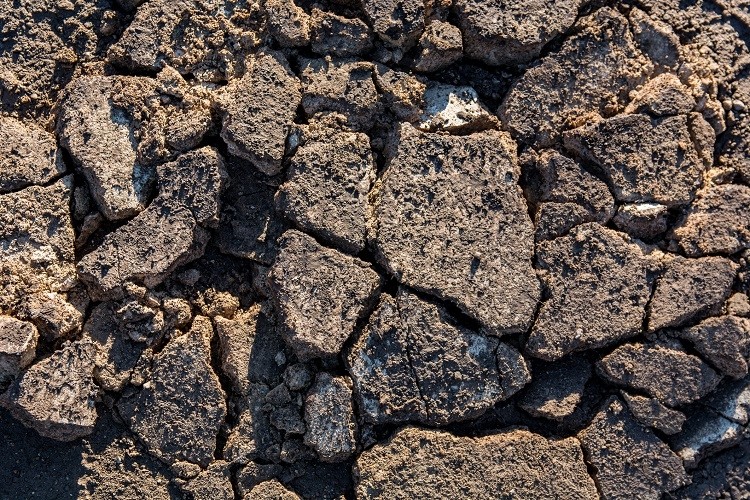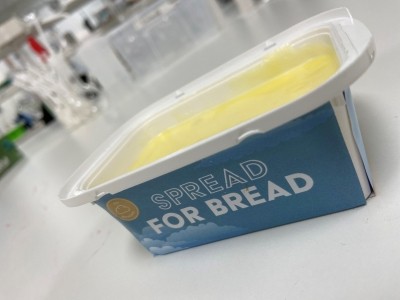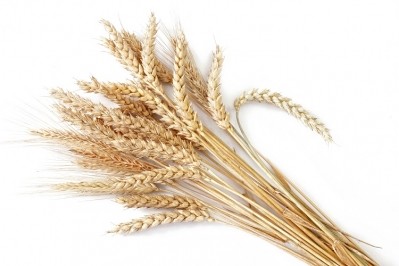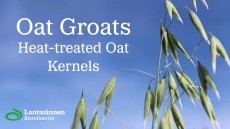High-protein edible crop variety developed that ‘thrives’ on fallow land
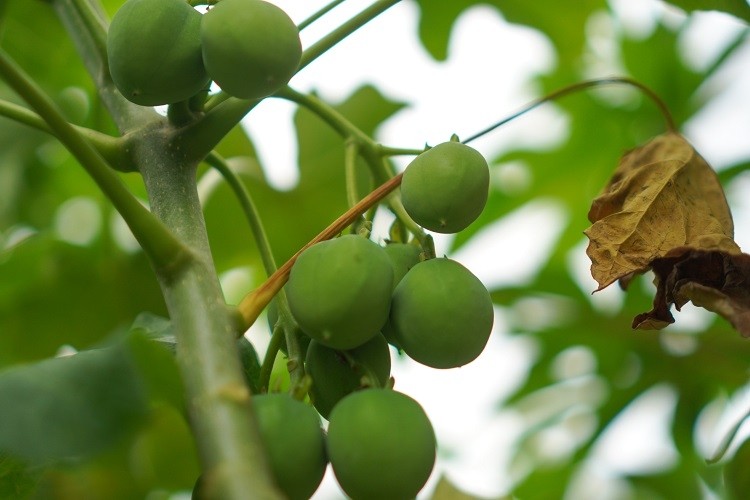
Using natural breeding techniques, Swiss seed supplier Jatropower has developed an edible, high-protein variety of the Jatropha curcas plant.
The company claims to be the first in the world to offer seeds for the high-protein, edible variant, which CEO Dr George Francis suggested could lead to exciting innovation in food and beverage.
Fallow land becomes cultivated land
Jatropha curcas is a wild plant found in Mexico. Compared to conventional crops, it is unique in that it is able to thrive on previously unused land.
This is significant, given the global rise in environmental degradation. According to UN data, human damage to the planet is increasing, with now up to 40% classified as degraded – meaning it is depleted of natural resources, biodiversity, or vegetation.
Millions of hectares of fallow land exist across the planet. In a business-as-usual scenario, it has been predicted this area will increase by the size of South America by 2050.
Jatropha curcas can prosper on degraded land, according to seed breeding firm Jatropower. Since no cultivated land is required, no areas need be deforested.
From an input perspective, the plantation does requires a small amount of fertilizer, but no artificial irrigation or herbicides. It is not a monoculture, which the company stressed is ‘beneficial to biodiversity’.
Jatropha curcas is a perennial plant, which yields fruit for more than 15 years after sowing and can improve the quality of soils over time through the accumulation of organic content in the ground.
Jatropower’s research programme has seen crop fruit yield improve ‘significantly’ – compared to the wild plant variety, the company’s yield increased fivefold – alongside stress and drought resistance.
Removing CO2 from the atmosphere
In transforming fallow land into cultivated land, the crop has ‘demonstrated ability’ to remove several tons of carbon dioxide per hectare/year from the atmosphere.
The plantations are one of only 4% of global climate projects that actually remove CO2 from the atmosphere.
“Jatropower targets jatropha and xuta (edible variety of Jatropha curcas L.) cultivated on land with suboptimal soil and climatic conditions,” explained Dr Francis.
On such land, the company calculated a CO2 sequestration in jatropha and xuta plant biomass (excluding seeds) in the range of 3.5-5 tonnes per hectare per year, on average, over a period of 20 years.
“On such land, the plantations can produce around 3-3.5 tonnes of dry seeds per hectare per year for jatropha (if F1 hybrid seeds are used) on maturity and 2-2.5 tonnes of dry seeds per hectare per year on maturity for xuta, the edible variety,” Dr Francis told this publication.
“By all measures, production of xuta seeds can be considered to be environmentally and socially sustainable.”
Food and beverage potential
Traditionally, Jatropha curcas kernels were roasted for local consumption, or cooked together with other ingredients.
Jatropower sees as least two potential uses for its xuta seeds in food applications: as a high-protein ingredient and as an edible oil. “Our own aim is to market xuta oil as an edible oil,” explained Dr Francis. “There are some potential partners interested in using it as an oil basis for some products.”
The kernel of the xuta seed, after the lignin-rich shell is removed, contains 56% edible oil and 27% protein on average.
Together with partners, Jatropower is investigating its suitability as a raw material for high-protein beverages (using whole or partially defatted kernel powder as an ingredient), as well as for plant-based protein concentrate (leveraging defatted kernel meal as an ingredient).
In the food space, the company is looking at ways xuta can increase the protein content of bread and bakery mixes, and as mentioned, as a standalone oil.
“Xuta kernels have a mild, nutty and non-intrusive taste that was readily accepted by all ‘tasters’ that we have observed. This property also makes it suitable for bread and bakery mixes.”
Jatropower’s own analysis judges the crop to be non-allergenic, with good emulsifying properties – which has proven to be ‘especially favourable’ for high-protein beverage formulations using xuta kernels, we were told.
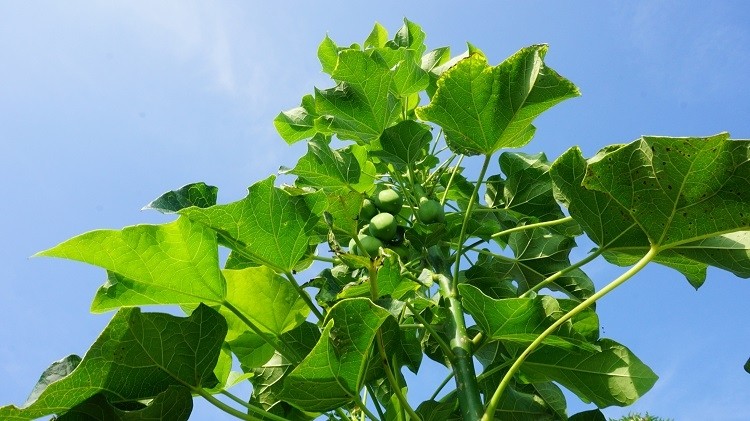
Dr Francis continued: “All our trials show that xuta kernels present a good and easy-to-process food raw material.”
While antinutrients are present in the kernel, the CEO suggested they can be easily eliminated: “The activity of harmful antinutrients present in xuta kernels – mainly curcin and trypsin inhibitors – are completely destroyed by moist heating.
“Such heating does not change the digestibility or nutritional quality of xuta seed kernels.”
Offsetting emissions
Jatropower believes its innovation will help companies, government organisations and NGOs to combat climate change, or to finance projects that offset their own CO2 emissions – all the while growing food on previously unused land.
This enables a direct link between CO2 emitters seeking a solution, and the governments, corporations and landowners implementing that solution for them, noted the firm.
“On the one hand, we are targeting plantation companies, farming co-operatives and farmers mainly in tropical/sub-tropical Asia, Africa and Latin America for our high performance xuta seeds,” explained Dr Francis.
However, there is also interest from potential partners interested in CO2 certifications who are seeking linkages with partners, we were told.
“In addition, we are looking at buy-back agreements for the xuta grains produced by our seed customers for further processing and marketing.”
